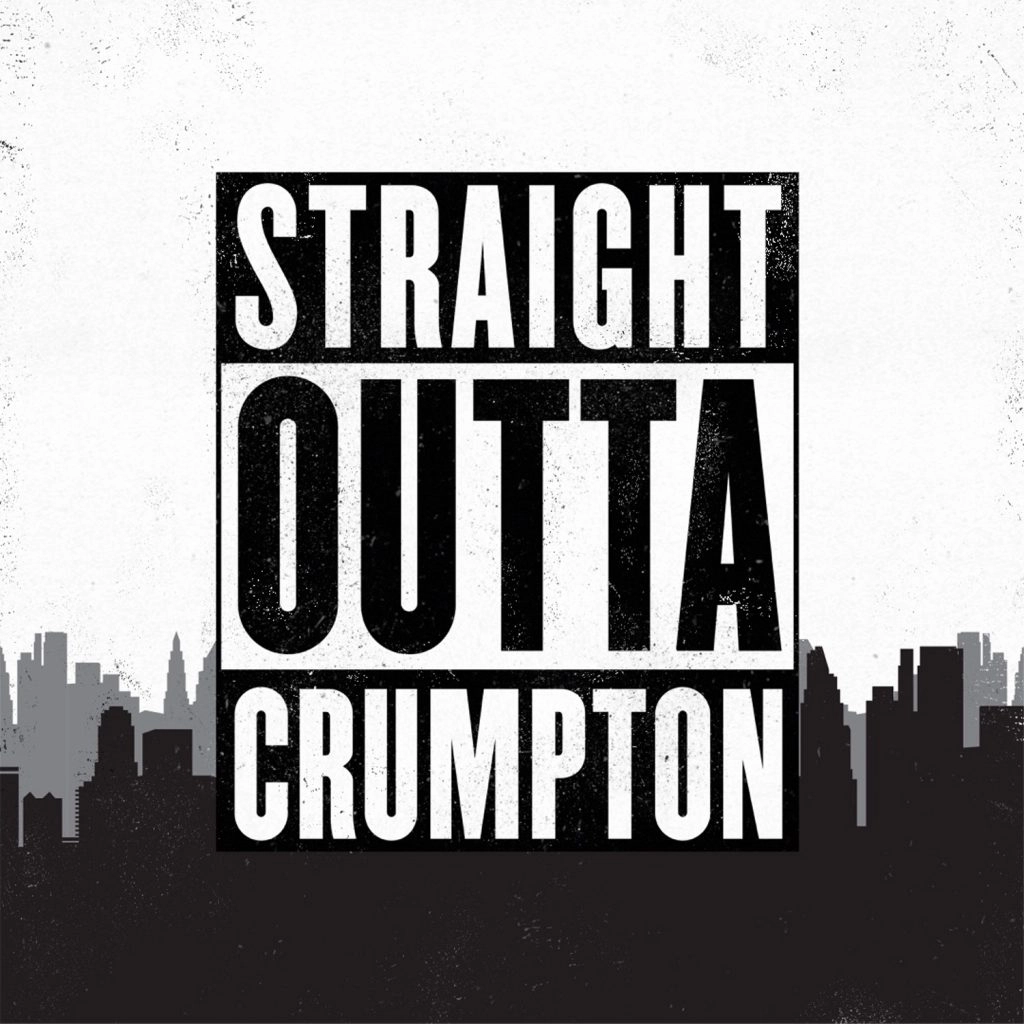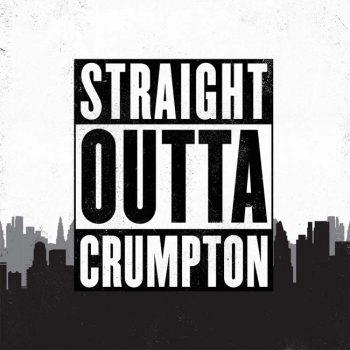What Is Required for a Controlled Environment Agriculture HVAC System?
Anders Peterson started working in the cannabis industry fifteen years ago. Today, he’s a cell molecular biologist, and his obsession with the science behind the plants drives his career. Peterson is a Cannabis Operations Specialist at Inspire Transpiration Solutions. Inspire specializes in integrated HVDC systems for proper temperature, humidity, and airflow for indoor plant environments, specifically with indoor cannabis cultivation facilities or controlled environment agriculture (CEA).
Cornell defines CEA as “an advanced and intensive form of hydroponically-based agriculture where plants grow within a controlled environment to optimize horticultural practices.” UC Davis frames CEA as agriculture that “encompasses a variety of systems that take a technology-based approach to farming.” The most advanced CEA systems are “fully automated, closed-loop systems with controlled lighting, water, and ventilation, from simple shade structures to greenhouses or vertical farms.”
“The cannabis HVAC world is an interesting one,” said Peterson, “I’m obsessed with the science of growing plants inside.” As the industry becomes legal from state to state, there’s been an influx of investors building grow facilities rapidly. “A lot of investors getting into the space forget at the end of the day that this is farming. Farming is not a get-rich-quick scheme,” said Peterson. However, if investors are researching and engineering their space correctly, the opportunity for long-term income is there. “Invest in the right systems upfront, and you’ll have an asset that will continually make you money for 15 plus years,” Peterson explained.
Podcast host, Greg Crumpton, chimed in that his interest in the cannabis industry stems from (no pun intended) wanting to “be able to understand the evaporation of water from a plant. Going back to the science. Going back to the facts.” What happens to the plant after he fits out the environment is not his business. “My point is to give it a healthy environment,” said Crumpton.
The cannabis industry is rapidly growing, and legalization from state to state shows promise of federal legalization on the horizon. Peterson has seen exponential growth in cannabis knowledge and industry standards. He points out that new career botanists are spoiled with accessible information and research. He spent hours digging into forums and online discussions to research and find legitimate answers compared to when he started. “The best way to legitimize the industry is transparency. The industry has evolved at an exponential pace, and you either have to adapt, or you’re left behind,” said Peterson.
Peterson predicts that when federal laws lift the sanctions on the state-to-state trading, growing will become consolidated and cheap growers will be weeded out (again, no pun intended). For cannabis growing, hyper controllable HVDC systems engineer an ideal CEA.
In this unique application, Peterson parallels the plants to little humidifiers. “They are drinking water through their roots. When the lights are on, the vapor pressure deficit is driving the water through the plant and out of its leaves,” said Peterson. After 12 hours, the space has a dramatic shift to combat after the lights are off. The humidity will create a swamp if not adequately drawn out, and temperatures drop by 12-15 degrees. HVAC controls help balance spikes that would otherwise damage the plants. Growers controlled these spikes with plant care products, fans, and other implementations in the past. “But now, your HVAC system is the best risk mitigation tool,” explained Peterson.




